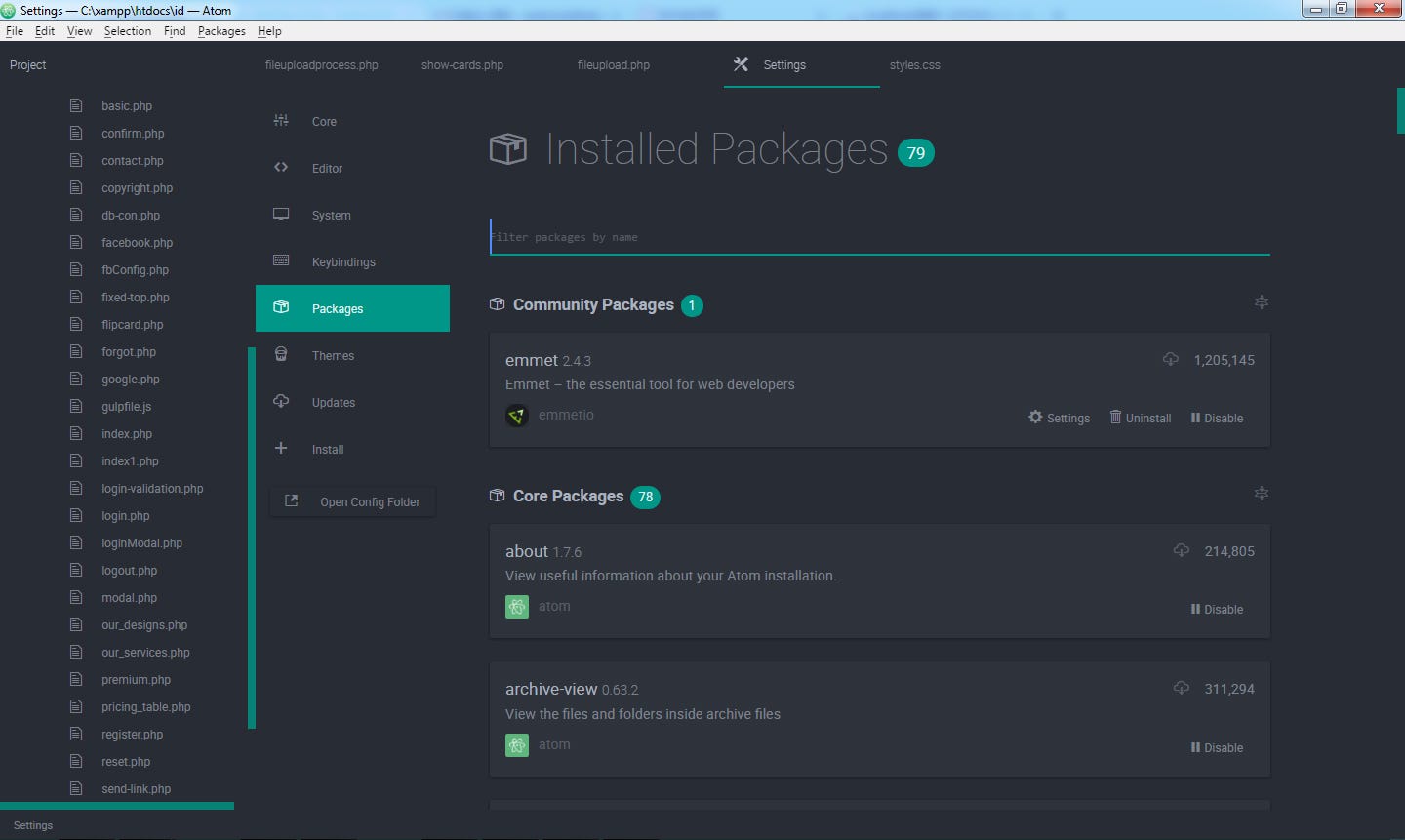
#Textwrangler vs sublime code
This creates great flexibility for the tool, and means you can sample many and play around with different features before narrowing in on the one you like best.Īnother benefit of the simplicity of using a code editor is that they work well for writing raw code - without the bells and whistles of IDEs (which we’ll explore below), you don’t need to spend any extra time waiting on processes beyond just the simple act of getting your code written.
#Textwrangler vs sublime download
You can download a code editor with hardly any space on your laptop, or even use one embedded within a web browser, and be on your way to writing code in no time. One of the great benefits of a code editor is that they are enhanced programs, but they are not complex programs. Two other features are auto-completion, which cuts down on having to write repetitive and obvious lines of code, and brace matching, which allows you to speed up coding by identifying or locating your browser between the nearest and most relevant braces and jumping straight to that part of your code: This allows your code to flow in a legible and useful format so you don’t get lost in a huge block of text, or lose valuable time trying to format raw tax. This allows you to “read” your code and thus to easily see, easily and quickly, whether you are making any syntax errors - so that when you do, you can fix them right away:Īnother feature code editors often provide to help devs write is auto-indentation. One example is syntax highlighting, which is a feature in which the code editor will highlight or color certain syntax in different ways, so you can understand what you are writing on site. Some of the ways they do this is by enhancing tools that integrate into the code writing process itself - like Photoshop offers color matching and an “undo” function, code editors will include keystroke commands and features that devs can rely on to help make their work easier.

In other words, a code editor is a developer tool which logs text and does other things which help devs enhance that text in ways which are helpful for the uses of programming.įor this reason, using a reliable code editor can help a dev write code more quickly, more efficiently, more smoothly, and more successfully. But that doesn’t mean such a tool is the best place or the best way to write code.īecause writing code can be more complex than just writing text, a code editor is a specific environment with enhanced options for doing this. This includes a text editor, a document app, etc. This means we can write code - in its simplest form - anywhere where text can be logged. Writing computer code is, at its most basic, writing a set of text instructions for a computer to execute. Hopefully, by the end of it you’ll have a clear idea of where to start writing code in your dev journey.


In this article, we’ll discuss this and more. Some questions we’ll seek to answer here are: What is the difference between an IDE and a code editor? What are the pros and cons of each? And when you choose one or the other, what type of IDE or code editor should you use? But in different ways and for different reasons. Two essential options are on an IDE or a code editor - two environments built to help devs write code efficiently and effectively.
#Textwrangler vs sublime software
This article breaks down one of the fundamental choices a software developer or web programmer must make when they start writing code: where to write it. For casual, unsophisticated applications by someone who grew up with green screen character based computers, it's probably OK.IDE vs Code Editor-Why and When to Use Them For this reason, I would not recommend Emacs to anyone who is under 50 year old, or who needs power user capabilities. The things I just mentioned, are all present in some limited and inept form, but falls far short of current standard of good user interface design. To this day, it lacks or struggles with very basic things, like interactive dialogs, toolbars, tabbed interface, file system navigation, etc., etc. So Emacs does 5% or what an editor should do quite will, and is surprisingly under-powered and old fashioned at the other 95%. Unfortunately, it didn't keep up with the times and fails to take advantage of the entire world of GUI design that's revolutionized computer science since then.

In fairness to Emacs, its original design was conceived in that context and is rather good at some things, like flexible ability to bind commands to keyboard shortcuts. User interface is terrible I was using Emacs in the early 1980's, before there were GUIs.


 0 kommentar(er)
0 kommentar(er)
